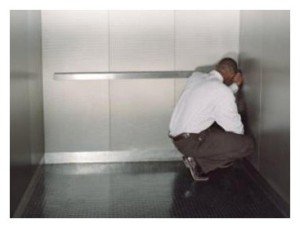Panic attacks are not uncommon. More than half the people in the 
A panic attack is a sudden bout ofextreme fear and anxiety that leads to intense physical reactions when there is no apparent cause or unprovoked. These attacks are often frightening as one who is undergoing such attack thinks that they are losing control, having a heart attack or even dying. It can occur anywhere to anyone who might be doing any activity. It typically lasts from several minutes to hours, but the peak usually occurs within 10 minutes. It is more common in women than men.
Causes of Panic Attack
There exact cause of panic attack with no evident danger present is still yet to be determined. But there are certain factors that come into play, such as
- Genetic – often found to run in families
- Psychological disorders – post traumatic stress disorder, obsessive compulsive disorder, etc.
- Biological causes – hypoglycemia, hyperthyroidism, etc.
- Phobias – fear of certain things
- Short-term causes – major stress, life transitions, severe emotional distress, significant personal loss, etc.
- Avoidance of panic provoking circumstances and exposure to these
- Alcohol or drug withdrawal
- Medications
Signs and Symptoms of Panic Attack
Panic attacks usually occur without warning and may occur anytime. A panic attack is usually characterized by a few or many of the following symptoms:
- Thoughts of losing control or death
- Sense of imminent danger
- Quick heartbeat
- Palpitations
- Sweating
- Trembling
- Hyperventilation
- Short breaths
- Headache and dizziness
- Faintness
- Hot flashes
- Chills
- Tightness in the throat and in the stomach
- Trouble swallowing
First Aid Management for Panic Attack
The goal of treatment for panic attacks is to eliminate symptoms. If treatment is efficacious, people who suffered from panic attacks may continue their activities. If one is with someone who experiences a panic attack, there are a few steps which can be done:
- Stay calm and do not panic to avoid panic from other people.
- Try and calm the person and ask what one can do to help.
- Comfort the person that the attack will subside in a few minutes.
- Encourage the person to take relaxed, equal breaths.
- Do not try to control the symptoms of the patient.
- If the person is not comforted for an extended period of time, seek medical attention.
Disclaimer: This article is not meant for diagnosis and treatment. It is for information purposes only. If one is consistently having bouts of panic attacks, seek medical attention. Furthermore, to learn proper handling and management of panic attacks, join in first aid training offered by workplace approved.